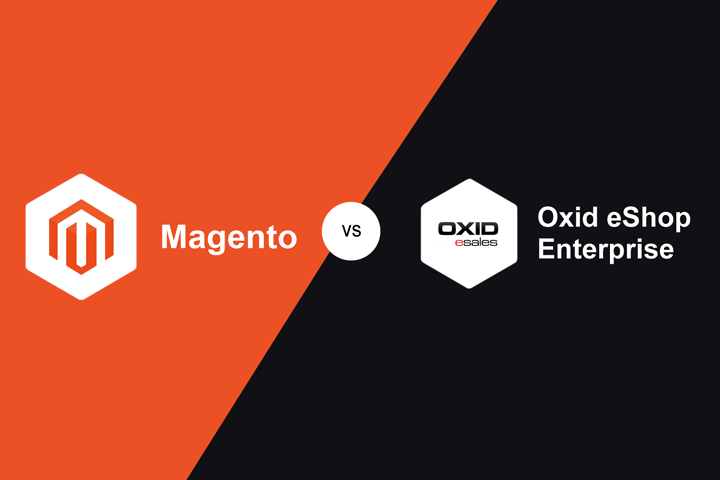Implementing Data Analysis for Operational Optimization and Increased Business Performance
Businesses today have access to more data than ever before, from customer transactions and interactions to operational metrics and financial …
 19 | 05 | 2018
19 | 05 | 2018 Agiliway continues familiarising current and prospective website owners with various e-commerce platforms so that they make a good and well-informed choice, which will have an ultimate effect on their businesses. We have already presented the comparison of different popular solutions for e-shops such as Magento, Woo-Commerce, Shopify, Aimeos, Opencart, E-Commerce module of Odoo ERP in our previous articles. Now, when Agiliway has developed a new e-commerce competency – OXID, we would like to share our insights into the platform comparing it with Magento.
It should be noted that while OXID has only 0,2% of the global e-commerce platforms market share comparing to Magento’s 10,8%, it is a very popular e-commerce platform in Germany, its “home country”, where Magento and OXID are the two market leaders. This might be due to the lack of English documentation and support, which prevents OXID from becoming better known in other countries. Despite the low market share, the two systems are definitely worth attention.
Magento and OXID have free open source Community and paid Enterprise editions. The Enterprise Edition of Magento would cost you a bit more than OXID’s (18,000 Euro vs 15,000 Euro respectively), but the support will be included into the price, while OXID will additionally charge 270 Euros per month for this service. What is more, the interface and each new tenant in the OXID EE will cost you additional 3,000 Euros. B2B functions within the Enterprise Edition of OXID are also optional and cost extra money.
Let us have a closer look at the two e-commerce platforms comparing them against the following characteristics:
Magento and OXID are two great e-commerce solutions in terms of functionality and marketing solutions. When choosing what platform to work with, you should remember that Magento has bigger learning curve and higher hosting demands, but a much bigger community and a reliable free support. On the other hand, OXID is easier to host and to program, but has no structured documentation and little information about the platform is provided in English. If your organisation lacks skilled professionals or knowledge of German, do not give up on your prefered choice – you may refer to our team, having strong expertise in both Magento and OXID to help you install and customize your ecommerce platform, as well as add custom extensions addressing specific needs of your business.
READ ALSO: MAGENTO VS AIMEOS: STANDALONE PLATFORM OR LIGHTWEIGHT MODULE
Businesses today have access to more data than ever before, from customer transactions and interactions to operational metrics and financial …
Conversational AI systems can engage in natural conversations and dialogue with humans. Powered by machine learning and natural language processing, …
The decision between hiring a software development company or a freelancer can be challenging for business owners who are looking …